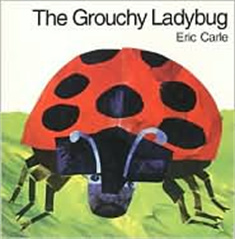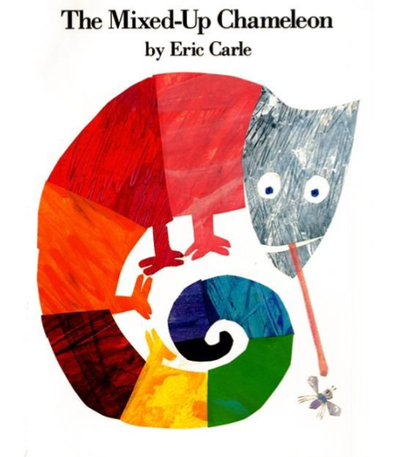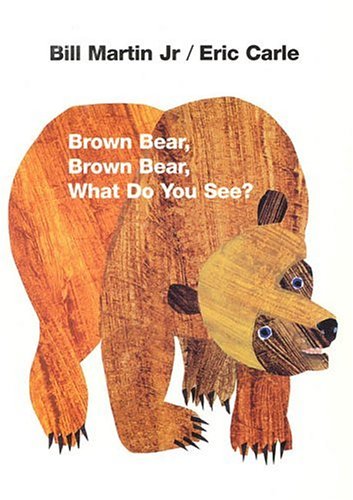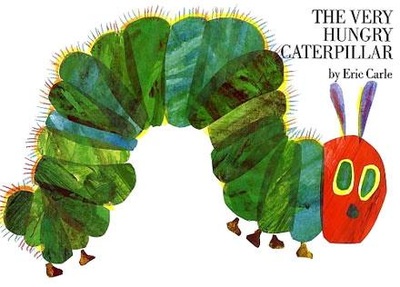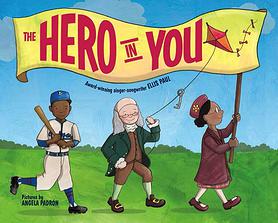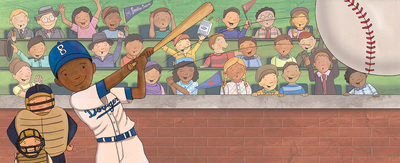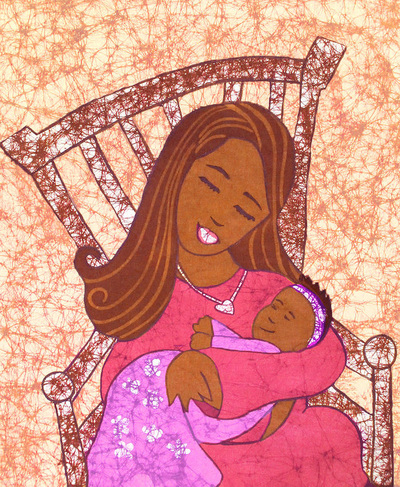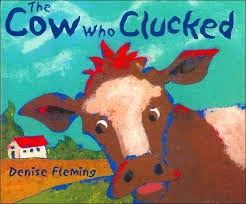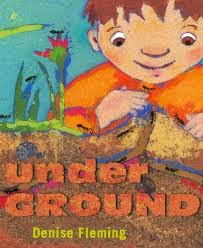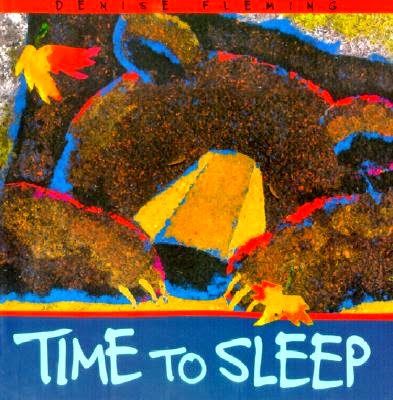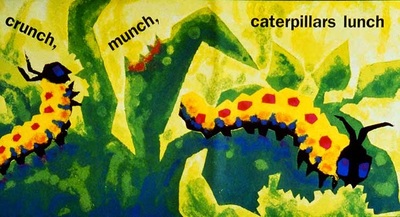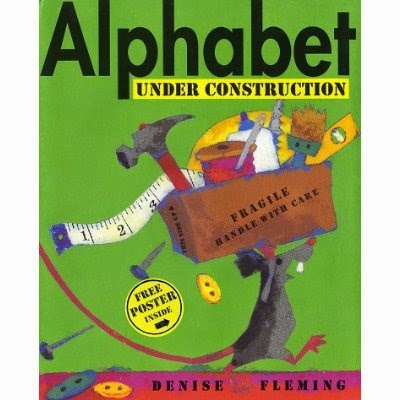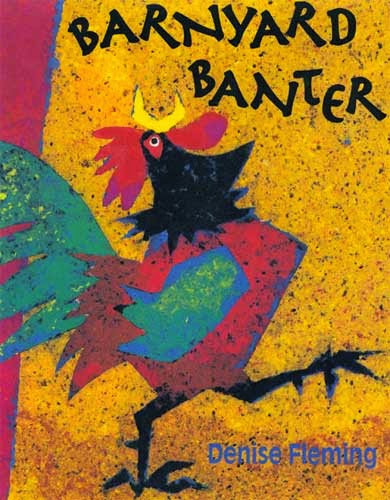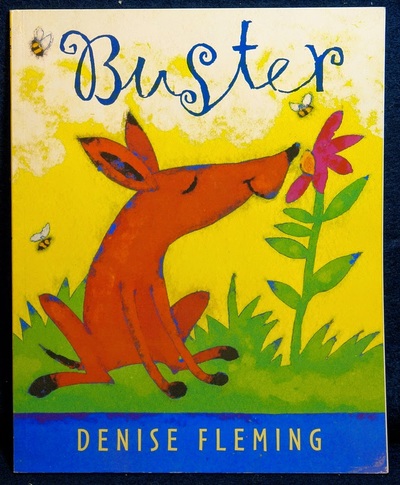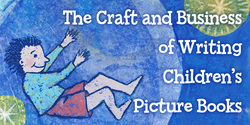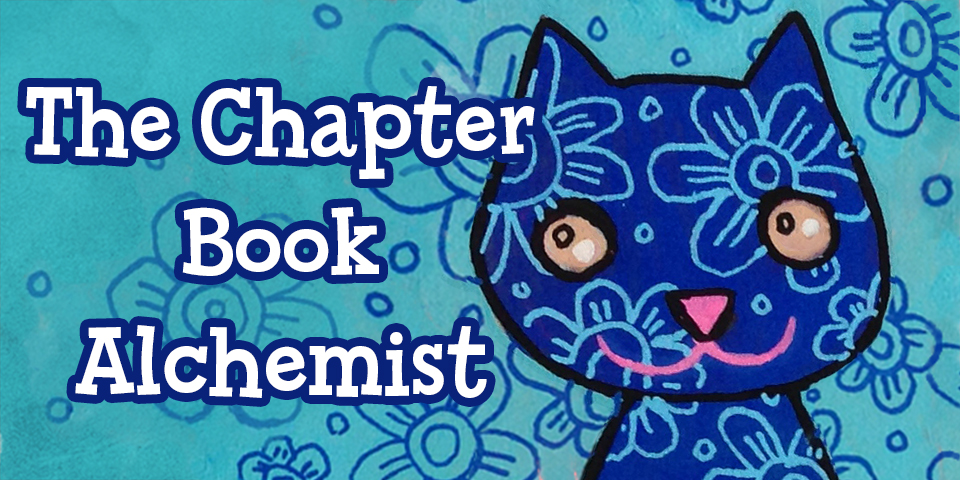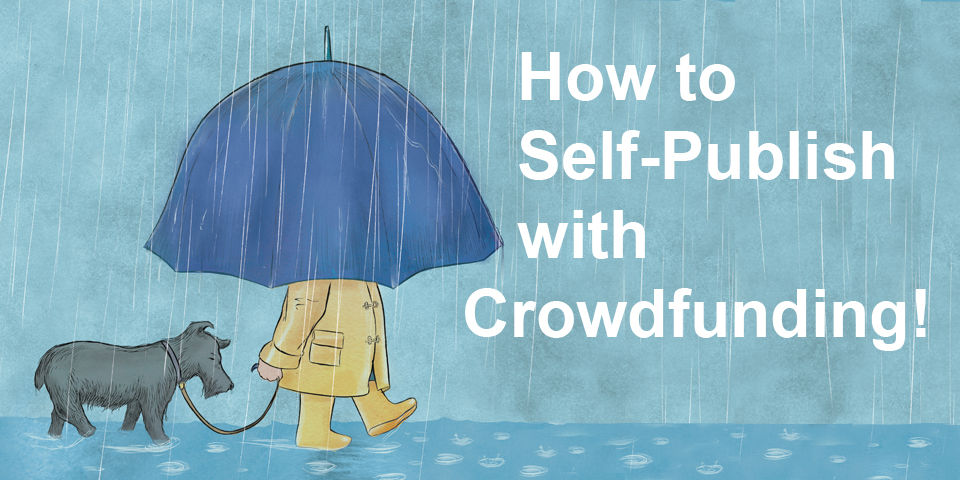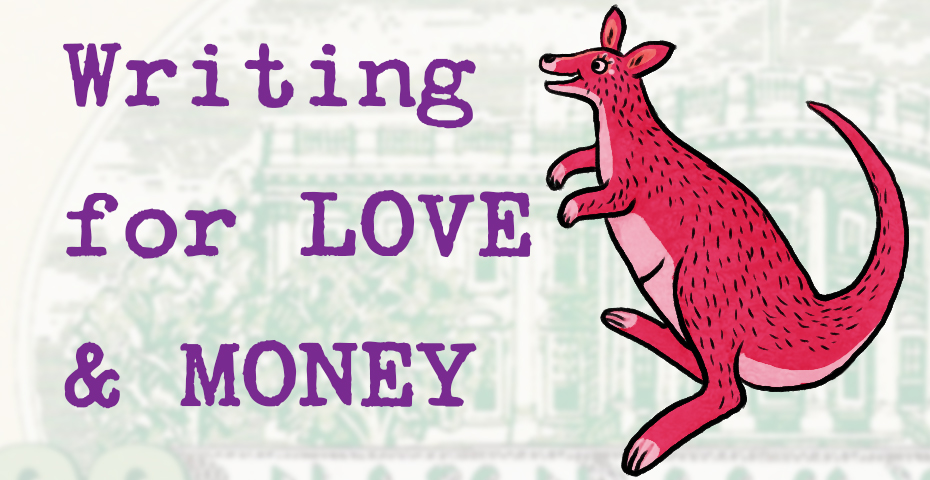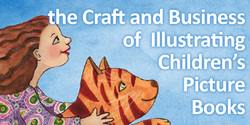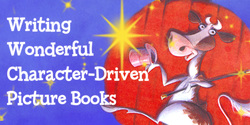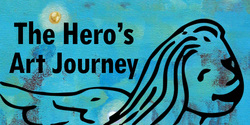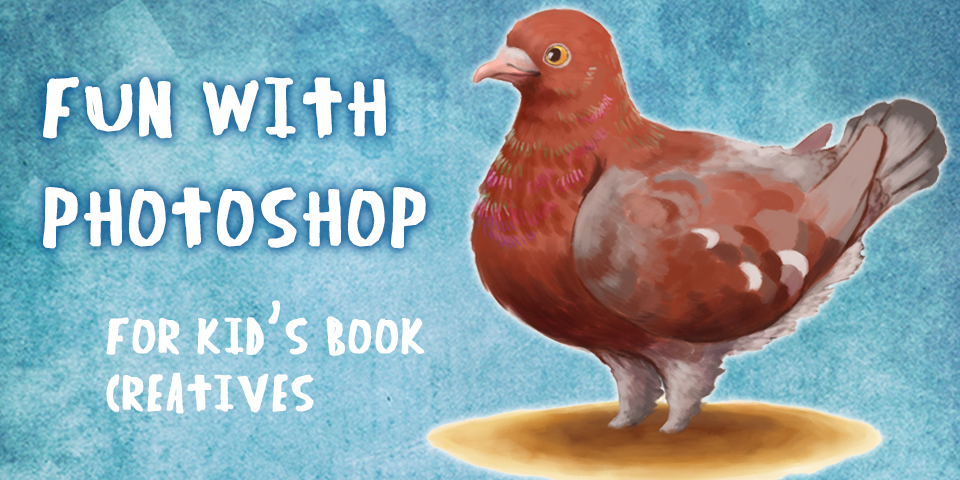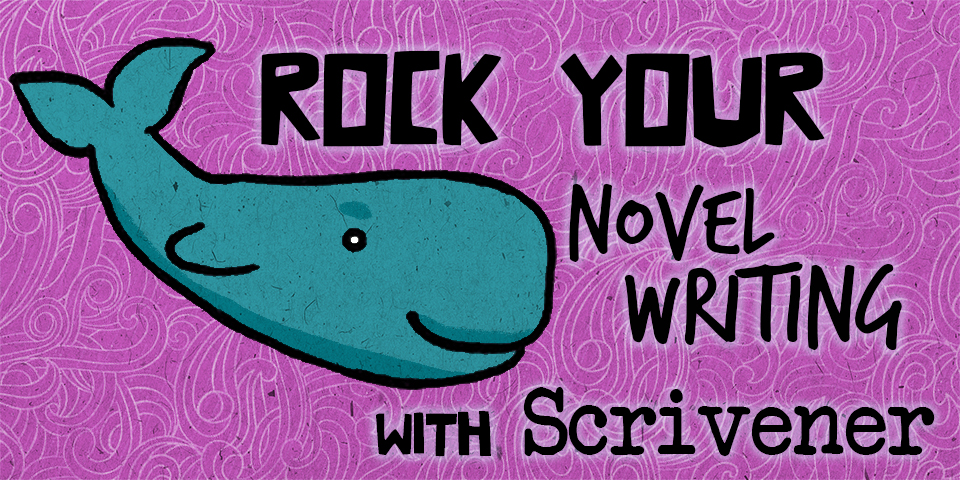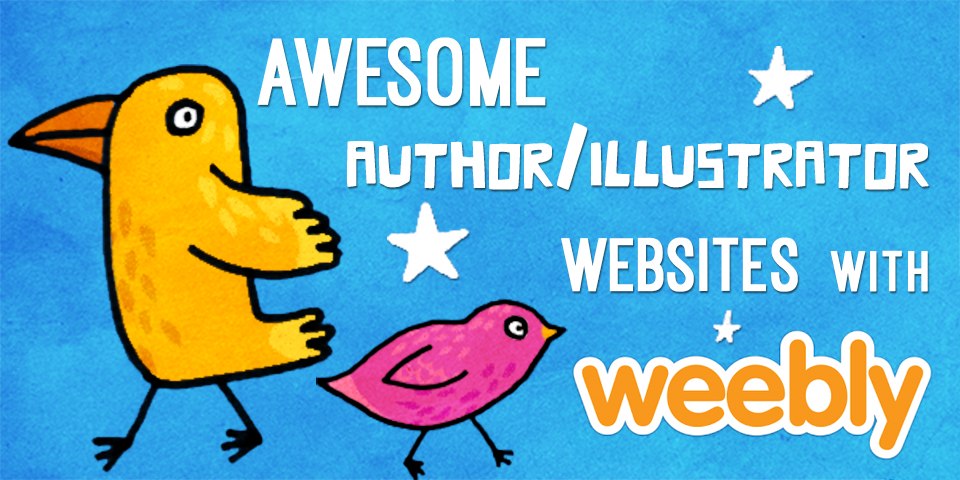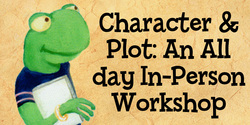|
Many editors, agents and art directors talk about putting emotion into illustrations. They want to "feel" what the character is feeling. We could also talk about feeling illustrations in a different way - by adding texture. Adding texture helps to avoid illustrations looking too flat. Some illustrators like Bob Shea and Mo Willems create illustrations that are flat in color with no shading or highlights, such as the Pigeon or Dinosaur books. But those flat illustrations work because of the type of characters they've created for simple texts for younger readers. For me, I like to get a sense that I can touch an illustration. Maybe it's because I'm drawn to pastel and charcoal drawings. Or perhaps it's my love for collage and using fabrics to create batiks or sew. I happen to be drawn toward things with patterns, brush strokes, or rougher edges. Again, all art is subjective, right? 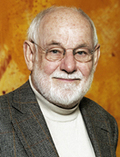 Eric Carle is a great example of an illustrator who uses texture. He paints tissue paper and sometimes scratches into it or smears it to create different textural patterns. Then he cuts the paper to create bright, colorful collages. His style is very signature and recognizable. Eric Carle even inspired me to do a digital collage style where I paint tissue paper, scan it into my computer, and use the papers to fill in my sketch via Photoshop. I illustrated "The Hero in You" in this fashion. See more of my digital collage illustrations here. I also love to do batiks (wax resist and dye on fabric), and so I am currently working on an illustration style in this fashion. The crackling effect achieved from dye seeping into cracks in wax that was melted and painted on to fabric gives a unique sense of texture every time. See more of my batiks here.  One illustrator that embodies the idea of textures is Denise Fleming, who I will have the pleasure of hearing speak (and hopefully meeting) at the New Jersey SCBWI conference next week. She writes a lot of concept books as well as books with short, simple texts for young readers. Denise uses an amazing technique for illustrating books - she actually makes her illustrations out of paper pulp! First she comes up with rough sketches. Then she creates her own stencils out of Styrofoam trays and pushes paper pulp through a screen. She then has to remove the moisture from the paper by using a machine that sucks the water out of it. 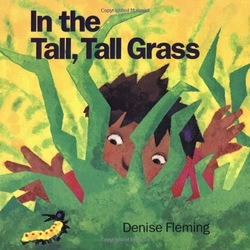 I can't do the explanation justice, so here is a video on YouTube of her talking about her process. It's incredible how many steps are involved and just how beautiful her pieces come out. And it's amazing to me how she manages to have effective compositions and perspectives while using this very complicated but magical illustrating technique. There's no one else in children's books who does illustrations like Denise and I hope she continues making wonderful books for many more years to come. Here are some more examples of her amazing work. The next time you're looking to read a book with your children or students, consider choosing one of Denise Fleming's books. Study her layouts, her perspectives, her color choices, and her texture. I think you'll find yourself choosing more than one of her books to read and study!  Angela Padron is a published illustrator of two books, including "The Hero in You" by Ellis Paul, as well as a Star Wars geek and chocolate chip cookie connoisseur. She also writes and illustrates her own picture books, board books, and chapter books. She is a teacher, a freelance writer and editor for educational publishers, and the new Children's Alley coordinator for the international Miami Book Fair. Angela spends weekends enjoying walks along the beach with her family. View her online portfolio at www.angelapadron.com. You can also "like" her facebook page, follow her on Twitter @angela_padron, and follow her own blog called "Show and Tell" with weekly posts about reading, writing and illustrating books for children.
3 Comments
5/8/2024 06:30:57 am
An excellent post regarding your editing which is very useful for me because sometimes I myself I have to do it, which is difficult for me Because I am from the world of fashion This time I worked a lot on 1800 GSM Glacier Hoodie And I am still receiving compliments
Reply
Leave a Reply. |
Meet the Friday Blogonauts
First Fridays will feature Bryan Patrick Avery, published writer , man of mystery, and professional magician among other things.
Second Fridays will feature awesome multi-award winning author Marsha Diane Arnold who will be writing about character-driven and/or nature-based books and/or anything she likes :) Third Fridays will feature independent Aladdin/Simon & Shuster editor Emma Sector who has helped bring many books into the world. Fourth Fridays will feature the great Christine Taylor-Butler who has published over 70 award-winning fiction and non-fiction and nonfiction books including the acclaimed new middle grade series - The Lost Tribes. Fifth Fridays will feature the fabulous Carl Angel award-winning multi-published Illustrator and graphic designer. Join our Tribe
and receive 7 Steps to Creative Happiness, access to free webinars, and lots more!
Your email addresses are always safe and respected with us. Follow our Blog!
Archives
January 2019
Categories
All
|
|
Discover
|
About Us
|
Join Us
Join our Community and receive a fabulous free gift, KidLit tips, newsletters, scholarship info, contests, and more!
Join our KidLit Mentorship |
Social Media
Interact with our FaceBook Group or follow us on:
|
© 2010-2024 All content on this website is copyrighted. Sorry, all courses are non-refundable.
